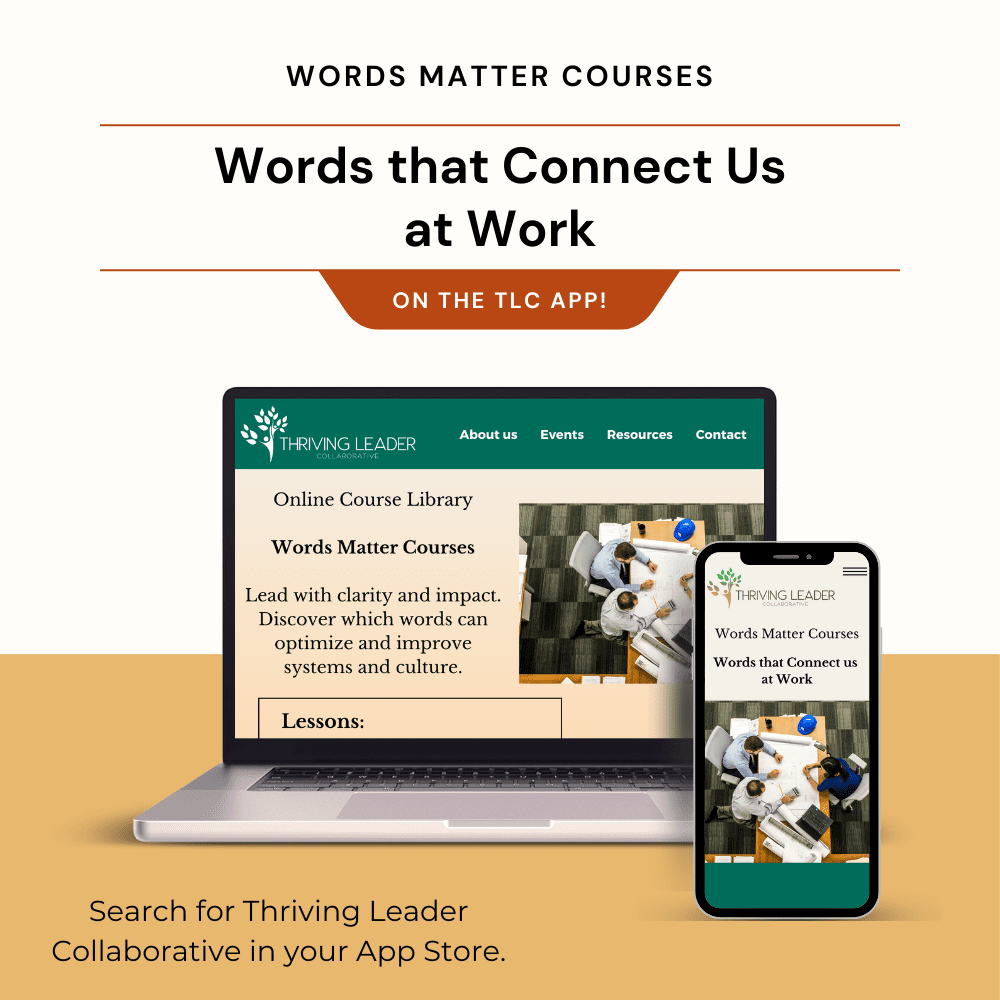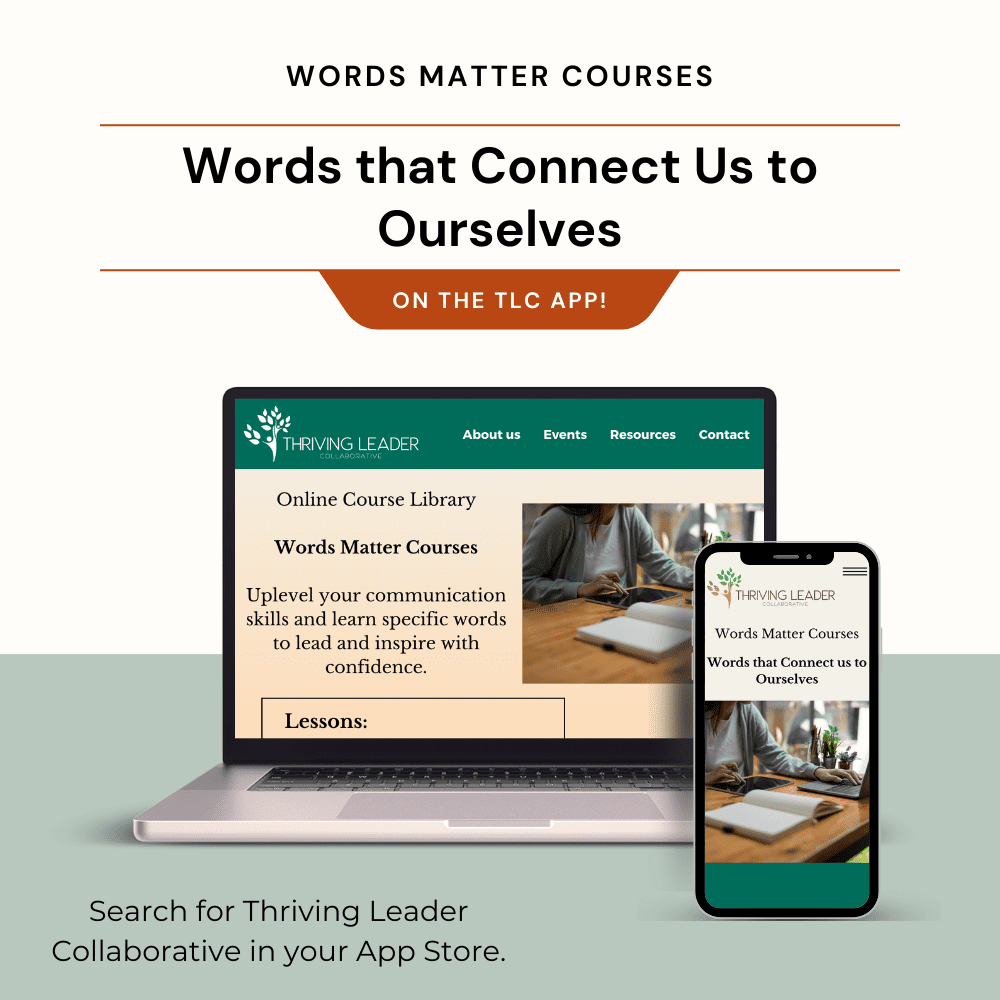Long before Covid hit, most businesses were navigating continuous change. The speed of information and the pace of interactions, particularly social media ones, have forced a collective resignation that change is constant. Where we work, how we interact with colleagues, what we contribute has tumbled about in a kaleidoscope of possibilities, some we have yet to imagine. Great leaders embrace change as a constant and lead in a way that normalizes change for their team and key stakeholders.
Change presents an opportunity for reframing.
The ability to bring the path forward into focus, begs four key questions for reframing a situation or challenge.
They are:
- What can I control (about this challenge)?
- What is positive about this challenge? – teasing out every morsel of goodness that you can recognize.
- What might I learn, or have I already learned, relevant to this change or challenge – about myself, about others, about the process…etc.?
- How will I respond/react given the answers to 1-3?
A frame is the perfect visual for a chaordic expert – one who brings order to the chaos. A frame can hold a mirror and provide a point of reflection. This is a logical first step in considering any change. It can also frame a window, a look into the future or down a particular path. The ability to see that path clearly depends on clear vision and clarity of any obstacles ahead. Here are the basic skills that leaders embrace to thrive as continual change agents:
- Leading with why, being vision centric – This means in all messaging and many forms of messaging, particularly as a new process is unfolding. Clearly articulating the future-state vision and the why behind each step is part one. Part two is holding space for questions and probing for understanding with meaningful dialogue that invites concerns and emotions.
- Leveraging problem-solving and growth mindset skills – This is where the learning happens. Front line contributors and leaders know how to solve problems. Given the confidence to do so empowers them to lead the charge for change.
- Innovating with creative and strategic thinking – Blow up the box and assume the possibilities are infinite. Diversity of thought and inclusion of many makes this part of the process robust and exhaustive.
- Maintaining a true sense of resilience by expertly framing and reframing – See the first part of this article, steps 1-4 on reframing. Once a solution(s) is found through creative and strategic exploration, reframing provides meaning to actions and expectations.
- Championing continuous improvement – Creating feedback loops that are expected and woven into the fabric of team meetings, one-on-one meetings, and any forum where successes can be celebrated, and opportunities can be recognized.
I have a lot of curiosity about this topic. I’d love to get some dialogue going on this in the comments. What would you add to this list? What practices do you lean on to ensure you maintain a perspective that enables you to navigate change as a chaordic expert? What role does mindfulness play for you? Ready. Set. Go!
To learn more about how to leverage your inner wisdom to inform how you lead, check out this free mini-course and join the Thriving Leader Collaborative: Community, LinkedIn, Instagram








